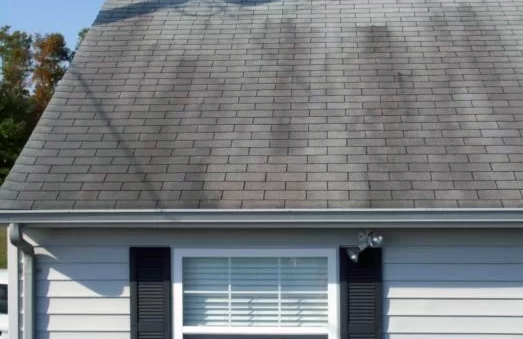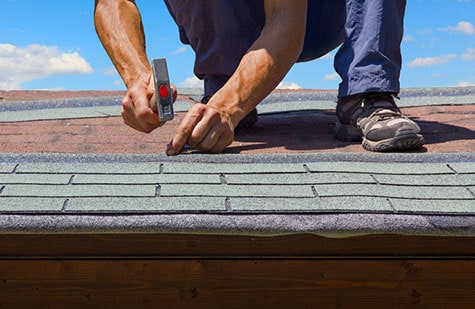Homeowners or business owners don’t generally pay much attention to their roofs, but then something goes wrong. To anyone who doesn’t know anything about roofs, residential roofs and commercial roofs probably seem pretty similar. To a trained and knowledgeable roofing contractor, however, there are major distinctions between the two.
Rather than protecting people and objects beneath them from the weather and other potential damage, commercial roofs protect against leaks and other damage caused by water or airborne objects falling on them. They also have to support larger areas than residential roofs do, even if they are also made of stronger materials.
Here are some of the key differences between the two.
1) Steepness of the Slope
Commercial roofs need to pitch much steeper than residential roofs. Residential roofs might have a pitch of about 3/12, which means that for every 12 inches of distance, there is a rise of one inch. Commercial roofs are pitched much higher, usually around 4/12 or 5/12. Commercial roofs also usually have more slopes per square foot, so they may be pitched at a much higher angle than a residential roof. This is to prevent any heavy snow or rain from causing leaks.
Commercial roofs are also designed to shed snow and rain, so they have a completely different kind of shingle from residential roofs.
2) Materials
Commercial roofs are made out of rocks, pebbles, and other heavy materials, much heavier than shingles and therefore much heavier than residential roofs. The thickness of the layer of gravel or stones that is on top of the roof is also much thicker than the shingles on a residential roof. This is because commercial roofs are designed to withstand harsh weather conditions, including large amounts of water coming down at once. If a commercial roof becomes punctured and water enters the roof, it will be able to weather much longer than a residential roof would.
Commercial roofs are also made with much sturdier materials that are resistant to sunlight and other weather conditions.
3) General Maintenance
Commercial roofs need to be inspected much more regularly than residential roofs. Commercial roofs are usually inspected about twice a year, whereas residential roofs are inspected only once a year. This is to make sure that there are no leaks and no damaged areas. These inspections only take about 10 to 15 minutes, but they are extremely important for the safety of the building.
Residential roofs are usually inspected for things like shingles that are missing, broken or rotting. Commercial roofs, on the other hand, are inspected for things like loose screws, cracked shingles, or water that has accumulated on the surface.
4) Installation Process
The installation process for commercial roofs is much different than the installation process for residential roofs. Commercial roofs require heavy machinery in order to be installed properly. Residential roofs can be installed with a much more simple process, but commercial roofs require more steps and more workers.
Another difference is that commercial roofs are usually installed much faster than residential roofs. This means that commercial roofs wear out much quicker than residential roofs, so commercial roofs must be replaced more frequently. This is the main reason why commercial roofs are inspected more frequently than residential roofs.
Conclusion
Commercial roofs are designed with completely different considerations than residential roofs. This is why they look very different, and also why they must be inspected much more frequently than residential roofs.
If you are considering roof replacement, Cornerstone Roofing can help you out. We offer full roof replacement services in Indiana, whether for commercial or residential roofing. Get in touch with us today to learn more.







